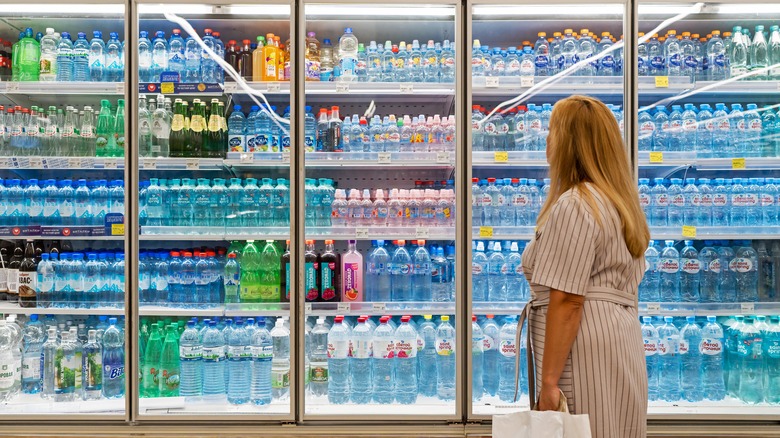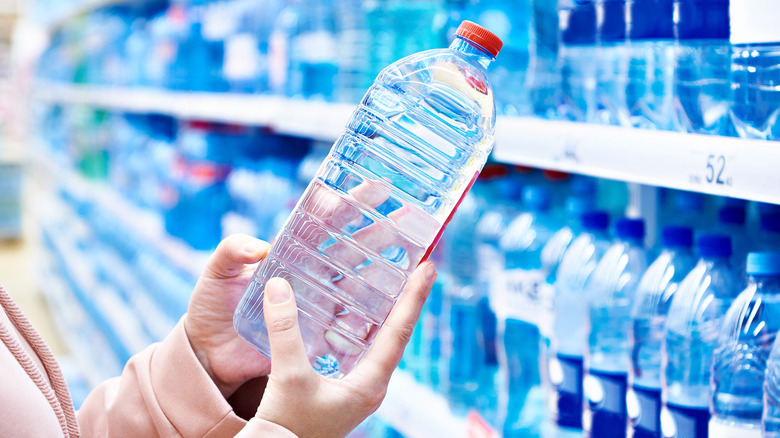Where Exactly Does Your Bottled Water Come From?
With a growing number of harrowing news reports about contaminated water supplies, more Americans are relying on bottled water for their daily hydration. In fact, according to Statista data, bottled water accounts for about 25% of all beverage consumption in the United States. And while many bottled water labels are emblazoned with images of snowy mountaintops or lush greenery, giving the impression that the water is sourced from a pristine, natural source, is that actually the case? In some instances, yes, while in other instances the source may be much closer to home.
Despite the many descriptors brands may use to set their product apart from the competition, bottled waters can ultimately be separated into one of two categories: spring water and purified water. Spring water comes from a natural underground source or spring, while purified water comes from a local source, such as well or tap water, which is then purified.
Your favorite bottled water may be tap water
Unless you look closely at every label, you may not have even realized that some of the top bottled water brands offer purified water, as opposed to spring. For example, Aquafina sells purified water that comes from a public water supply, while both Nestle Pure Life and Smartwater offer purified water sourced from municipal water supplies. On the other hand, Poland Spring, Deer Park, and Crystal Geyser all source their water from natural springs throughout the U.S.
That's not to say that one type of bottled water is necessarily superior to the other. Both types of water are regulated by the U.S. Food and Drug Administration (FDA) and both are filtered of impurities, albeit through different methods. Spring water undergoes a natural underground filtration process, while purified water goes through a controlled filtration and purification process in a facility. However, knowing that in some cases you may just be drinking what is ultimately filtered tap water may be enough to make you think twice before paying upwards of $2 or $3 for your next bottle of water.

